Understanding the Application Cover Letter Importance
In the competitive landscape of job applications, an application cover letter serves as your initial introduction to a potential employer. It’s a crucial element that often determines whether your resume even gets a second glance. Far beyond simply restating the information in your resume, a cover letter allows you to showcase your personality, express your genuine interest in the role, and highlight the specific skills and experiences that make you an ideal candidate. It’s your chance to make a memorable first impression and set yourself apart from the crowd. In today’s job market, where recruiters sift through numerous applications, a well-crafted cover letter can be the key to unlocking your dream job, demonstrating your professionalism and communication skills.
Why Cover Letters Are Crucial for Employment
Cover letters are not just formalities; they are essential tools that significantly boost your chances of securing employment. While your resume provides a snapshot of your qualifications, the cover letter offers a platform to explain how your skills and experiences align with the specific requirements of the job and the values of the company. It allows you to tell your story, elaborate on your accomplishments, and demonstrate your understanding of the role. Moreover, a cover letter shows your attention to detail, writing proficiency, and genuine interest in the position. These soft skills are highly valued by employers. A tailored cover letter demonstrates that you’ve taken the time to research the company and position, indicating a higher level of engagement and commitment compared to a generic application. Thus, a well-written cover letter increases the likelihood of your application being noticed and leading to an interview.
First Impression Matters Crafting a Compelling Cover Letter
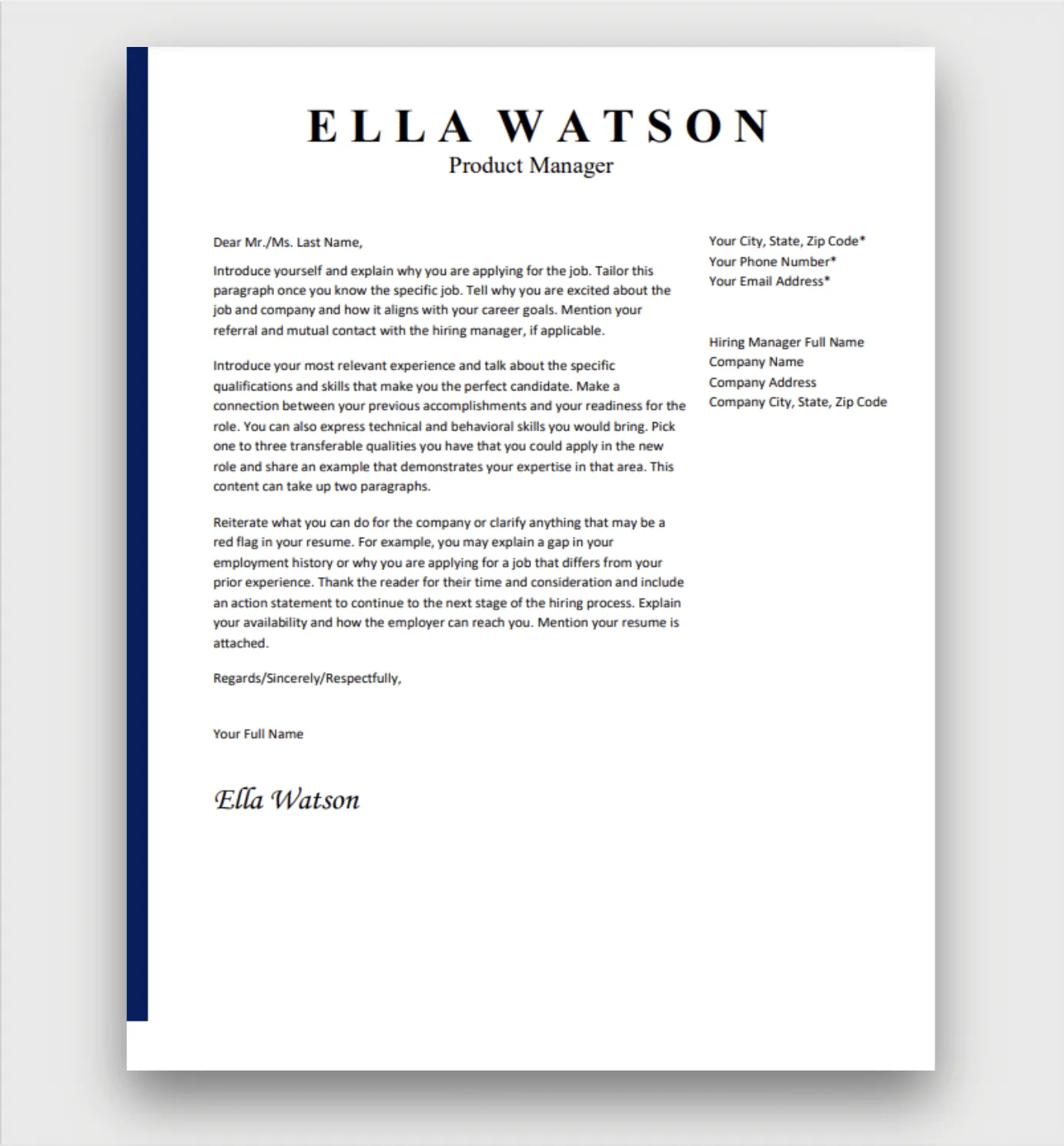
The first impression you make can significantly impact how your application is perceived. A compelling cover letter is more than just a collection of words; it’s a strategic document designed to capture the reader’s attention from the very beginning. Start with a strong opening that immediately grabs the hiring manager’s interest. This could be a specific accomplishment, a personal connection to the company, or a compelling statement about your enthusiasm for the role. Maintain a professional yet engaging tone throughout the letter, avoiding overly formal or casual language. Use concise and clear language, ensuring that your message is easy to understand. Emphasize your key skills and experiences relevant to the job description, using specific examples to demonstrate your capabilities. Finally, conclude with a confident and enthusiastic closing, reiterating your interest and expressing your eagerness for an interview. By carefully crafting each section of your cover letter, you can create a lasting positive first impression that significantly enhances your chances of success.
Key Components of a Winning Application Cover Letter
A winning application cover letter comprises several key components that collectively create a persuasive and impactful document. Begin with a professional header that includes your contact information, the date, and the recipient’s details. Following the header, use a formal salutation to address the hiring manager correctly. The body of your cover letter should be structured into paragraphs, each serving a specific purpose. The first paragraph should capture the reader’s attention and state your purpose for writing. The second paragraph should highlight your relevant skills and experiences, providing specific examples of your accomplishments. In the third paragraph, express your enthusiasm for the role and the company, demonstrating your understanding of their mission and values. Conclude with a strong closing that reiterates your interest and encourages the reader to contact you for an interview. This structured approach ensures that your cover letter is well-organized, easy to read, and effectively communicates your qualifications and enthusiasm.
Header Your Contact Information and the Date
The header of your application cover letter should be the first element. It must include your full name, address, phone number, and professional email address. Make sure the email address is appropriate and professional; avoid using nicknames or unprofessional usernames. Beneath your contact information, include the date. This provides context and helps the recipient understand when the letter was written. Consistency in formatting, such as using the same font and size as the rest of your letter, enhances the overall professionalism of your application. Keeping your contact details readily available and the date clearly indicated makes it easy for the hiring manager to reach you and reference your application at any point.
The Salutation Addressing the Hiring Manager
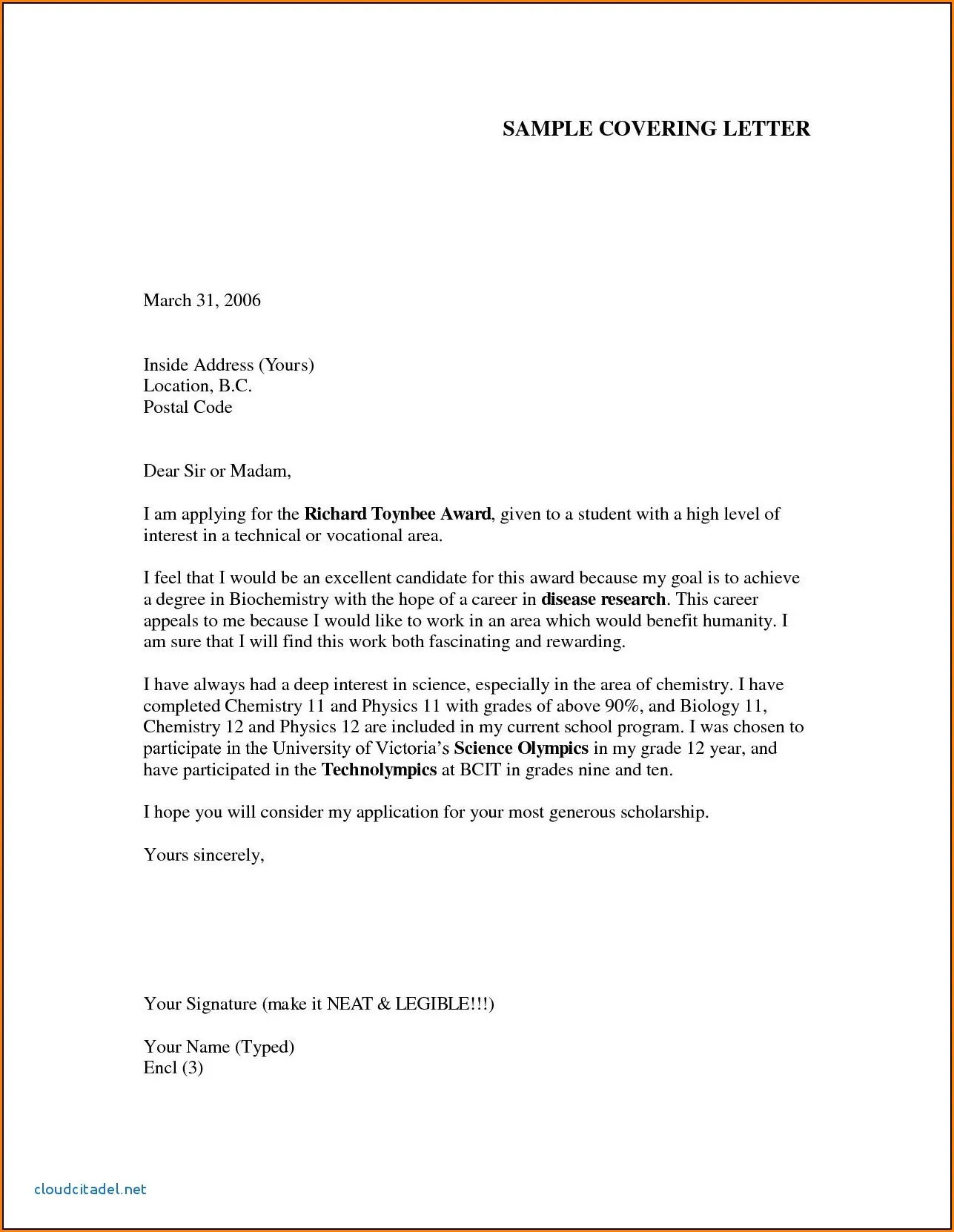
The salutation sets the tone for the rest of your cover letter. Whenever possible, address the hiring manager or the specific person responsible for reviewing applications. Researching the company’s website, LinkedIn, or even calling the company can help you find this information. If you are unable to find a specific name, use a professional salutation such as “Dear Hiring Manager” or “Dear [Department Name] Team.” Avoid generic salutations like “To Whom It May Concern,” as they suggest a lack of effort and personalization. The right salutation shows that you have taken the time to learn more about the company and the role, which immediately makes a positive impression and sets a more personal tone for your letter.
Body Paragraphs Highlighting Your Skills and Experience
The body paragraphs are the heart of your cover letter, where you showcase your skills and experience, demonstrating why you are the perfect fit for the role. Structure these paragraphs logically to effectively convey your key qualifications. Begin with an introductory paragraph that grabs the reader’s attention and clearly states your purpose for writing. Follow this with a paragraph highlighting your most relevant accomplishments and how they align with the job requirements. Use specific examples and quantifiable results to demonstrate the impact of your work. Conclude with a paragraph expressing your enthusiasm for the role and the company, emphasizing your understanding of their mission and values. Each paragraph should focus on a particular aspect of your qualifications, creating a cohesive narrative that emphasizes your suitability for the position and leaves a lasting impression on the hiring manager.
First Paragraph Grabbing Attention
The first paragraph of your cover letter is your opportunity to capture the reader’s attention and make a strong first impression. Start by clearly stating the position you are applying for and where you found the job posting. To grab the reader’s attention, consider starting with a brief statement highlighting your passion for the industry or the company, or mentioning a specific accomplishment that is relevant to the role. Make it clear from the outset why you are interested in this particular opportunity and what makes you a strong candidate. Avoid generic introductions; instead, tailor your opening to the specific requirements of the job and show that you have taken the time to understand the company’s needs. A well-crafted first paragraph sets the tone for the rest of your cover letter and encourages the reader to continue reading.
Second Paragraph Showcasing Your Accomplishments
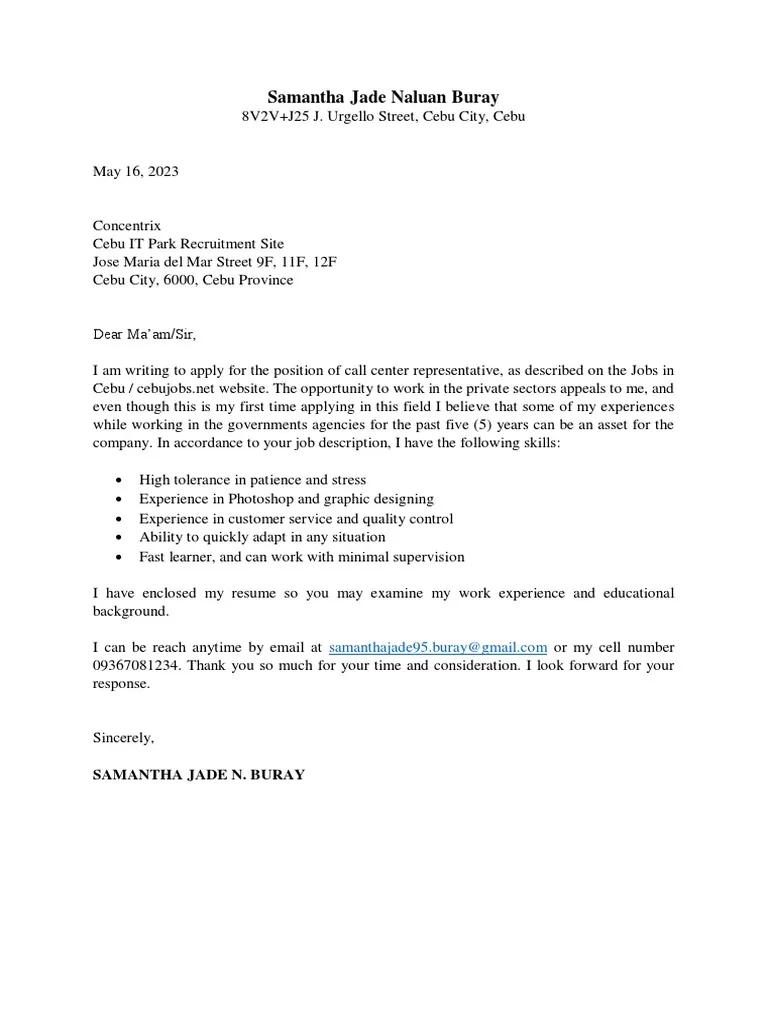
The second paragraph is where you showcase your accomplishments and provide evidence of your skills. Instead of simply listing your responsibilities, focus on specific achievements and the positive outcomes you have delivered in previous roles. Use the STAR method (Situation, Task, Action, Result) to structure your examples, providing context, describing the challenges you faced, detailing the actions you took, and quantifying the results of your efforts. For instance, rather than saying “Managed social media accounts,” you could say “Increased social media engagement by 30% in six months by implementing targeted content strategies.” This demonstrates not only your skills but also your ability to achieve tangible results. Tailor your examples to align with the specific requirements of the job description, highlighting the skills and experiences that are most relevant to the role and the company’s needs.
Third Paragraph Expressing Enthusiasm and Fit
The third paragraph is dedicated to expressing your enthusiasm for the role and demonstrating your understanding of the company and its values. Explain why you are excited about the opportunity, highlighting what specifically attracts you to the company and the position. Mention any research you have done on the company, such as their mission, values, or recent projects, to show that you are genuinely interested. Describe how your skills and experiences align with the company’s needs and how you can contribute to their success. Conclude this paragraph by reiterating your interest in the role and summarizing why you are a good fit. This is your chance to connect with the hiring manager on a personal level and convey your eagerness to join their team. By expressing your genuine enthusiasm, you make a memorable impression and increase your chances of getting an interview.
The Closing Strong and Confident Tone
The closing paragraph should leave a lasting positive impression on the reader. Reiterate your interest in the position and express your enthusiasm for the opportunity to contribute to the company’s success. State your availability for an interview and provide your contact information once more. Use a confident and professional tone, showing your eagerness to discuss your qualifications further. Thank the hiring manager for their time and consideration. Avoid generic or overly formal phrases. Instead, aim for a closing that is both professional and personable, such as “I am eager to learn more about this opportunity and discuss how my skills and experience can benefit your team” or “Thank you for considering my application. I look forward to the possibility of discussing my qualifications further.” A strong closing paragraph ensures that your cover letter ends on a positive note.
Formatting and Design Making Your Cover Letter Stand Out

The formatting and design of your cover letter play a vital role in its overall effectiveness. A well-formatted cover letter is easy to read, visually appealing, and professional in appearance. Select a clean and professional font, such as Times New Roman, Arial, or Calibri, and ensure the font size is easily readable (typically 11 or 12 points). Maintain consistent formatting throughout the document, including the use of bolding, italics, and underlining sparingly to emphasize key information. Ensure your cover letter has a professional layout with appropriate margins and spacing to improve readability. Use bullet points strategically to highlight your key accomplishments and skills. A clean and well-designed cover letter demonstrates your attention to detail and your commitment to presenting yourself in the best possible light, making a positive impression on the hiring manager. Make sure your resume and cover letter have a consistent design.
Font and Readability Choosing the Right Style
Choosing the right font is critical for ensuring your cover letter is readable and professional. Opt for classic and widely accepted fonts such as Times New Roman, Arial, or Calibri. These fonts are known for their clarity and ease of reading, making it easier for the hiring manager to quickly scan your letter. Avoid using overly decorative or unusual fonts, as they can be distracting and make your cover letter look unprofessional. Keep the font size between 11 and 12 points to ensure that the text is easily readable without appearing too small or too large. Maintain consistent font usage throughout your document, using the same font for the body text, headings, and any supporting information. By selecting a suitable font, you ensure that your cover letter is visually appealing and easy to read, allowing the hiring manager to focus on the content of your application.
Layout and Structure Ensuring a Clean Presentation
A well-structured layout enhances the readability and visual appeal of your cover letter, making it easier for the hiring manager to navigate and absorb the information. Use clear and concise headings to organize different sections, such as your contact information, salutation, body paragraphs, and closing. Maintain consistent margins (typically 1 inch) throughout the document to create a clean and balanced appearance. Use spacing between paragraphs to improve readability and break up large blocks of text. Avoid overcrowding your cover letter by ensuring sufficient white space. Strategically use bullet points to highlight your key accomplishments and skills, making them stand out and easy to scan. Ensure that all text is aligned consistently, either left-aligned or justified, to create a polished look. By paying attention to layout and structure, you make it easy for the hiring manager to review your qualifications and express your professionalism.
Tailoring Your Cover Letter to Specific Jobs
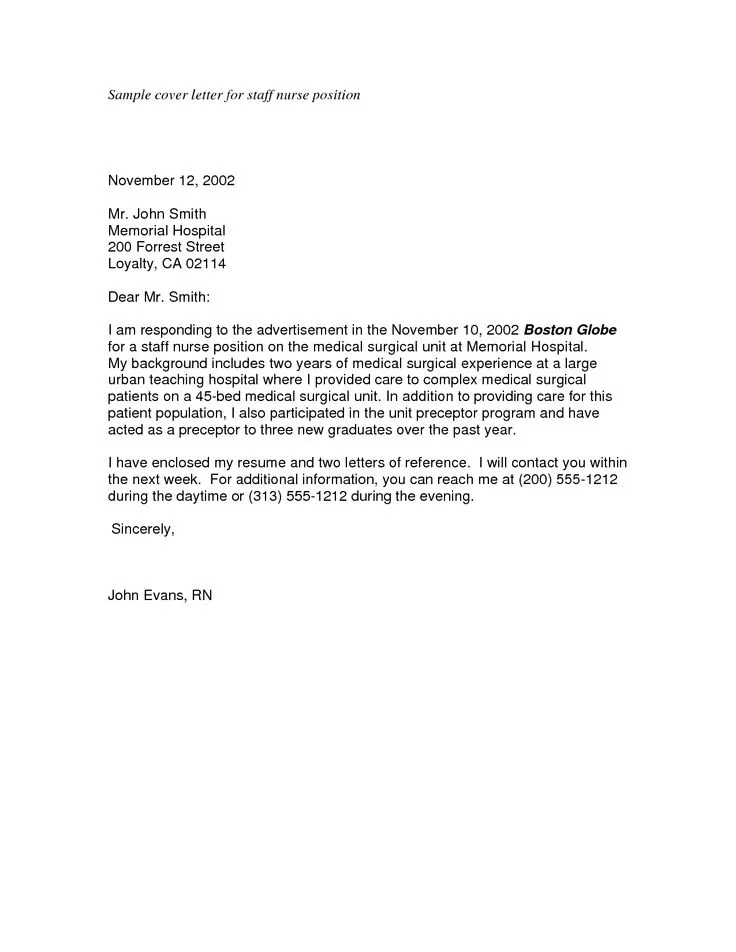
One of the most important aspects of writing a successful cover letter is tailoring it to the specific job you are applying for. Generic cover letters are often overlooked because they fail to demonstrate genuine interest and a clear understanding of the role’s requirements. Start by carefully reviewing the job description and identifying the key skills, experiences, and qualifications the employer is seeking. Research the company to gain insights into their mission, values, and recent projects. Use this information to customize your cover letter, highlighting the most relevant skills and experiences that align with the job requirements. Provide specific examples of how your past accomplishments demonstrate your ability to succeed in the role. Demonstrate your understanding of the company’s needs and how you can contribute to their success. By tailoring your cover letter, you show the hiring manager that you have taken the time to understand the opportunity and are genuinely interested in the position.
Researching the Company Understanding Their Needs
Before writing your cover letter, it’s essential to research the company to gain a deeper understanding of their needs, values, and goals. Visit the company’s website to learn about their mission, products, services, and culture. Review their ‘About Us’ section, career pages, and any recent press releases or news articles. Explore their social media profiles to see how they interact with their audience and what they emphasize. This research provides valuable insights that you can incorporate into your cover letter. For example, you might mention a specific company project, initiative, or value that resonates with your own interests and experiences. Tailoring your cover letter to reflect your understanding of the company demonstrates your genuine interest in the role and your commitment to aligning with their values. This personalized approach significantly increases your chances of making a positive impression on the hiring manager.
Customizing Your Content Demonstrating Relevance
Once you have researched the company, customize the content of your cover letter to demonstrate your relevance to the specific job requirements. Review the job description and identify the key skills, experiences, and qualifications the employer is seeking. Highlight how your past accomplishments align with these requirements. Provide specific examples of how your skills and experiences have led to positive outcomes in previous roles. Use the same keywords and phrases from the job description to ensure that your cover letter resonates with the hiring manager. Explain how your skills and experiences meet the specific needs of the company. Demonstrate how you can contribute to their success. Show a clear connection between your qualifications and the job responsibilities. By customizing your content, you convince the hiring manager that you are the perfect candidate for the role.
Avoiding Common Mistakes in Application Cover Letters
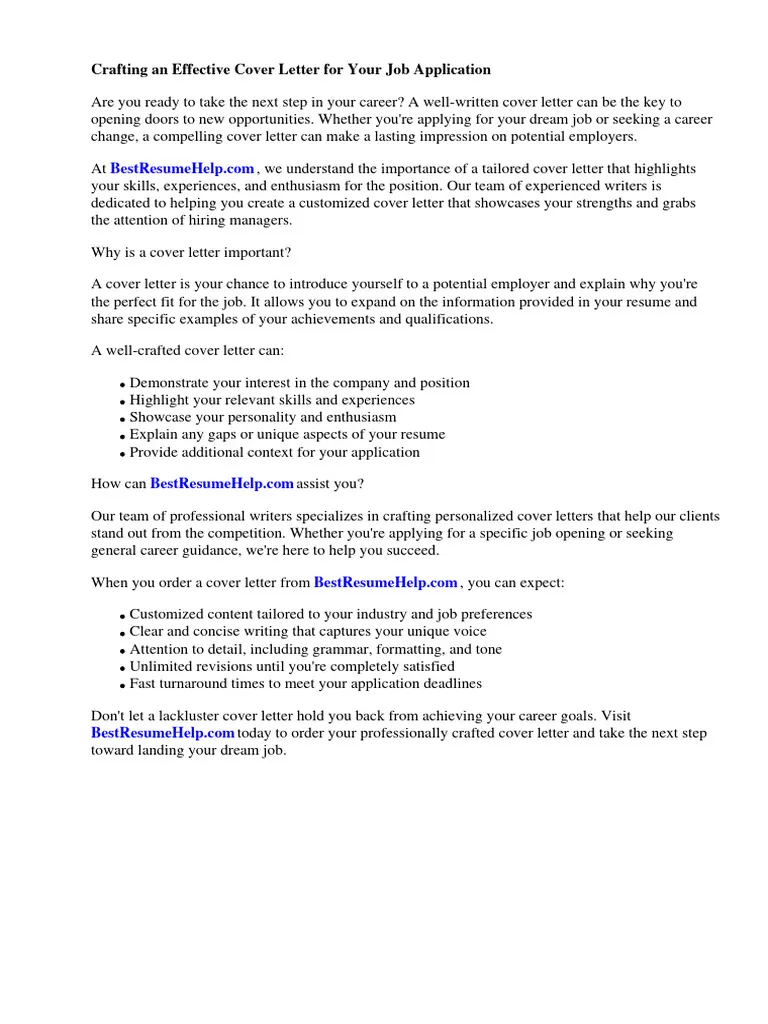
Avoiding common mistakes is crucial to creating a compelling cover letter that makes a positive impression. One of the most significant errors is including typos and grammatical errors, which can undermine your credibility and attention to detail. Another common mistake is using generic content that fails to address the specific requirements of the job or demonstrate genuine interest in the company. Your cover letter must be personalized. Additionally, keep your cover letter concise and focused. Avoid writing a lengthy document that overwhelms the hiring manager. Proofread your cover letter carefully and use available resources to ensure that your application is polished, well-written, and tailored to the specific role. By avoiding these common pitfalls, you can significantly increase your chances of impressing the hiring manager and getting an interview.
Typos and Grammatical Errors Proofreading
Typos and grammatical errors can significantly detract from the professionalism of your cover letter, conveying a lack of attention to detail and care. Always proofread your cover letter carefully before submitting it. Read it aloud to catch any awkward phrasing or unclear sentences. Use a spell-checker and grammar-checking tool to identify and correct any errors. It’s also a good idea to have a friend, family member, or career advisor review your cover letter. They can provide a fresh perspective and identify mistakes that you might have missed. Proofreading multiple times is an important step in presenting yourself and your qualifications in the best possible light.
Generic Content Personalization is Key
Generic content is a major turnoff for hiring managers, as it suggests a lack of genuine interest in the specific role or company. Avoid using a generic cover letter that could be sent to any employer. Instead, tailor your cover letter to the specific job description and company by highlighting your qualifications and experiences that align with the role. Demonstrate your understanding of the company’s mission, values, and any research you’ve done. Customize your cover letter by referencing specific projects, initiatives, or values that resonate with you. Show that you have taken the time to understand the opportunity and are genuinely interested in contributing to the company’s success. A personalized cover letter showcases your genuine interest and commitment to the position, making a positive impression on the hiring manager.
Length and Brevity Keeping it Concise
Length and brevity are important in cover letters; the hiring manager often has many applications to review. Keep your cover letter concise and focused, aiming for a length of one page. Avoid including unnecessary information or lengthy paragraphs. Instead, focus on the key skills, experiences, and qualifications that are most relevant to the job. Use clear and concise language, avoiding jargon or complex sentences that can be difficult to understand. Highlight your key achievements and quantifiable results to show the value you would bring to the role. Be precise with your language, ensuring that every word contributes to your message. A well-crafted, concise cover letter shows that you respect the hiring manager’s time and have the ability to communicate your qualifications effectively.
Proofreading and Editing Ensuring Perfection
Proofreading and editing are essential steps in ensuring your cover letter is polished and free of errors. After writing your cover letter, take time to carefully review it for any typos, grammatical errors, or awkward phrasing. Read your cover letter aloud to catch any mistakes that you might miss when reading silently. Use a spell-checker and grammar-checking tool, but do not rely on them entirely. These tools can identify many errors, but they may not catch all of them. It is important to have a fresh pair of eyes review your cover letter. Ask a friend, family member, or career advisor to proofread your cover letter for clarity and accuracy. Ensure your cover letter is clear, easy to read, and presents your qualifications effectively.
Tools and Resources for Cover Letter Success
Several tools and resources can assist you in crafting a successful cover letter. Online templates and examples offer a starting point for structuring your cover letter and provide ideas for content and formatting. Cover letter writing services can provide expert assistance in writing a professional and compelling cover letter. You can use spell-checkers, grammar-checking tools, and editing software to improve your writing. Career advisors and resume writing services can provide feedback and guidance to help you create a strong cover letter. By using these resources, you can ensure that your cover letter is well-written, tailored to the specific job, and effectively showcases your qualifications.
Online Templates and Examples
Online templates and examples offer valuable resources for writing a cover letter. These resources provide a starting point for structuring your cover letter, offering different formats and layouts. Many websites provide free templates that you can adapt to your specific needs, which saves time and effort, especially if you’re unsure where to start. Look for examples that are relevant to your industry and the type of job you are applying for. Review the formatting and style of the examples to gain inspiration. Use the templates and examples as a guide, but always tailor your cover letter to reflect your unique skills, experiences, and the requirements of the job. This will ensure that your cover letter is both professional and personalized, which will increase your chances of getting noticed by the hiring manager.
Cover Letter Writing Services
Cover letter writing services can provide expert assistance in creating a professional and compelling cover letter. These services employ experienced writers who understand the nuances of effective cover letter writing and can help you showcase your qualifications in the best possible light. They can assist you in identifying your key skills and experiences, tailoring your letter to the specific job requirements, and ensuring your cover letter is free of errors and well-formatted. Professional services can review and edit your existing cover letter or create a new one from scratch. The service will work with you to understand your career goals and highlight your achievements in a way that resonates with potential employers. While cover letter writing services come at a cost, they can be a worthwhile investment, especially if you are seeking to increase your chances of securing interviews and landing your dream job.
